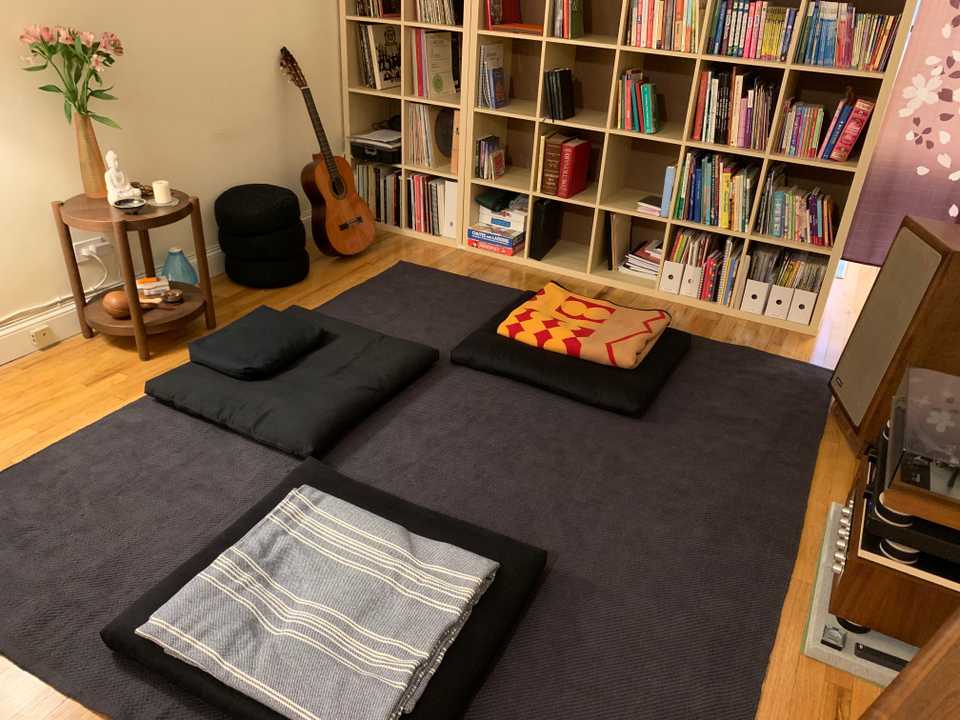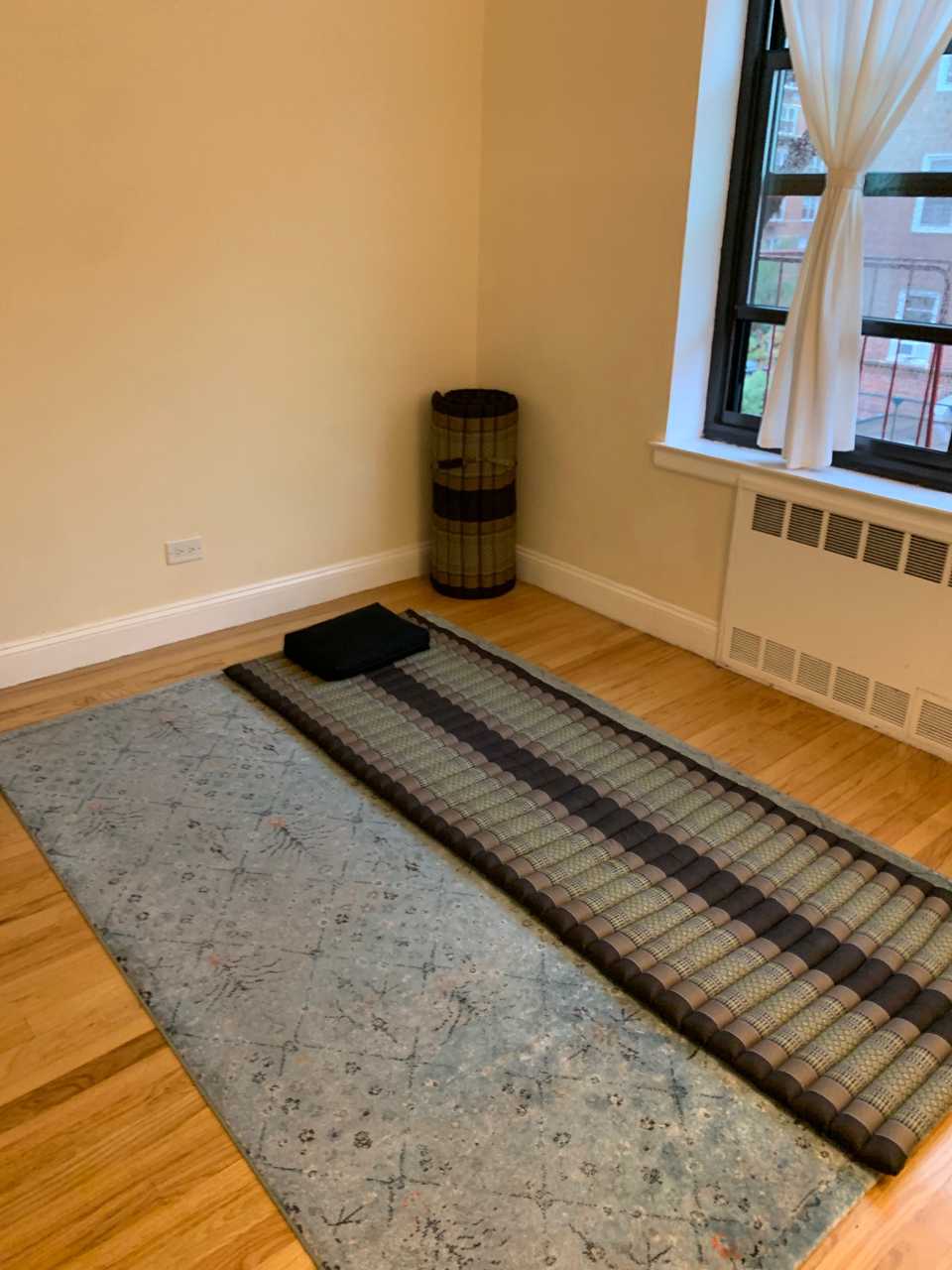“You make, you get.” - Zen Master Seung Sahn
Choosing furniture is a process that reflects your need for utility, comfort and design. It is an especially important consideration when trying to create a small home in New York. Rooms are tiny, often shared, and the quality of affordable furniture has declined significantly over the last 50 years. How do you find the right mix of utility, comfort and design, and do you really need all that furniture?
When I was living at the Zen Center, I really enjoyed the minimal amount of furniture and decorations. It allowed my mind to relax and more easily reflect each moment. Most rooms had a simple, cotton futon mattress on the floor, a rug and a small dresser. The main gathering area had an open space for floor seating (cushions) where a simple bamboo mat would be brought out at meal time. A couch and a few chairs were present in the front room for visitors who were not yet comfortable sitting on the floor.
Taking the Zen Center as a model, how do I apply its minimal design aesthetic to a small, family home? A major difference between a family home and a Zen Center is that a family is not “monos,” monastic or individual, but rather two or more people learning to function as a unified body, potentially raising children that are rapidly growing and evolving. Any scheme would have to borrow as much Zen Center minimalism as possible while providing the space for family and individual growth. And of course, please do not undertake any of my ideas without first honestly assessing your personal health and flexibility — don’t push or overdo it, consult a physician as you feel necessary.
As a primary principle, I decided that living closer to the ground, mostly sitting on the floor, was a priority. There is a lot of research showing how the adoption of chairs has contributed greatly to physical ailments, including back pain and overall core weakness. In The Chair: Rethinking Culture, Body, and Design, Galen Cranz lays out a very thorough study of how the West came to have chairs, reflecting power and social status, and how they have contributed greatly to physical ailments and discomfort.
We adopted simple floor mats and cushions called Zafus and Zabutons, same as the Zen Center. This was an inexpensive furniture solution, easy to maintain and re-configure as the situation changed. A simple way to get started is to purchase a single mat and cushion, locate it in a special place in your home, work on meditation and flexibility. As it becomes easier, migrate more of your sitting to the floor.
Our main living room now functions as a place to read, listen to music, do Yoga, meditate, eat meals or have tea and coffee. A simple, washable cotton rug underneath the three mats and cushions is all that was required. Not all mats and cushions are created equally, and I have yet to find any better than those at DharmaCrafts. No end tables are needed because the floor is close and tea trays and bamboo mats can provide protection against food and beverage spills.
In the bedroom, sleeping on the floor with a minimal mattress is also a new trend (in the West) backed up by research, but people have been living this way in Asia and other parts of the world for a long time. It provides a firm support with just enough cushion to provide proper circulation and comfort. Our child uses a simple cotton futon mattress on the floor that can easily be folded up to provide a couch for reading. We also use roll-up style mattresses that are a few inches thick. It took a few weeks to get used to sleeping close to the floor, but I can now say we sleep better than ever! A simple floor mattress also seems to encourage back sleeping which my chiropractor wholeheartedly recommends.
In addition to the mats and cushions, we do have a simple IKEA kitchen table with four chairs, some crafting tables in our child’s room along with a chair and desk for homework. If someone comes to visit that is not comfortable on the floor, we bring out one of the kitchen chairs. This is a key point — if you entertain a lot, you might need more that just simple kitchen chairs for guests. And if you have physical problems, you might not be able to sit as close to the floor. But you can strive for simplicity and maybe more flexibility, as your body and situation allows.
Our approach to furniture is intended to encourage life-long flexibility, strength and health. It is also an attempt to foster greater closeness and human interaction: sitting on the floor, having coffee, reading the New York Times is a wonderful way to share a Sunday morning with your family. It is a very different experience from sitting in individual chairs, it is more connected and somehow more engaging. Having less furniture is also a way to make a small home in New York feel much larger, a place to connect with family, re-charge your battery and be ready for all the city has to offer!

